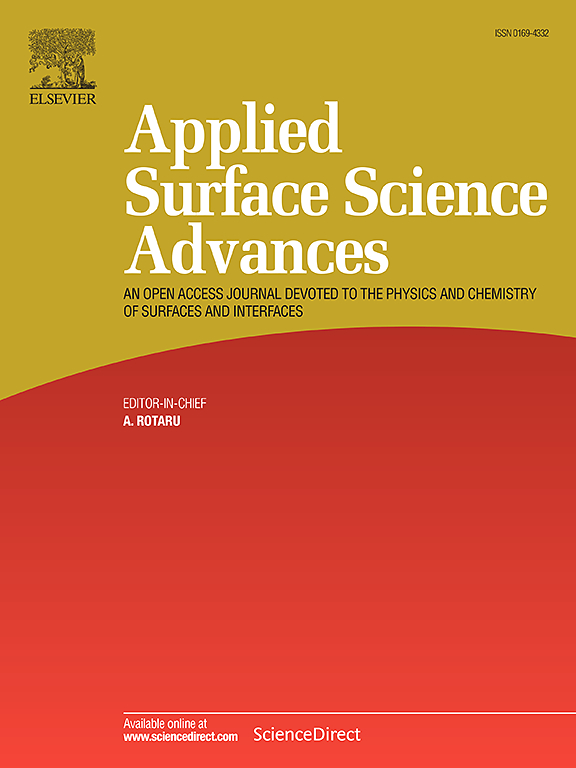Palladium nanoparticles immobilized on magnetic MCM-41 surface modified with aminomethylpyridine: As a recyclable palladium nanocatalyst for carbon-carbon cross-coupling reactions
IF 7.5
Q1 CHEMISTRY, PHYSICAL
引用次数: 0
Abstract
A new catalyst was synthesized by first immobilizing 2-amino-6-methylpyridine on a magnetic mesoporous surface (MMCM-41), followed by adding palladium nanoparticles on the modified surface. The synthesized catalyst was subjected to various characterization techniques, including Fourier transform infrared spectroscopy (FT-IR), thermogravimetric analysis (TGA), vibrating sample magnetometer (VSM), X-ray diffraction (XRD), Brunauer-Emmett-Teller (BET), inductively coupled plasma optical emission spectroscopy (ICP-OES), transmission electron microscopy (TEM), scanning electron microscopy (SEM) and energy dispersive X-ray spectroscopy (EDX). Characterization studies showed spherical nanoparticles in the synthesized nanocomposite (MMCM-41@APy-Pd). These particles exhibited a high BET surface area (127.62 m2 g−1), an average pore size of 1.48 nm, and a significant pore volume (0.143 cm3 g−1). These properties made MMCM-41@APy-Pd an effective magnetic nanocatalyst for Suzuki-Miyaura and Mizoroki-Heck coupling reactions. An extensive range of aryl halides, which have both electron-withdrawing and electron-donating groups, were investigated and showed high to satisfactory efficiency in the Suzuki and Heck cross-coupling reactions. The magnetic nanocatalyst demonstrated the ability to be employed for up to five consecutive applications with minimal decrease in its catalytic efficiency and could be effortlessly recovered from the reaction mixture.

氨基甲基吡啶修饰磁性MCM-41表面固定化钯纳米颗粒:碳-碳交叉偶联反应中可回收钯纳米催化剂
将2-氨基-6-甲基吡啶固定在磁性介孔表面(MMCM-41),然后在改性表面添加钯纳米粒子,合成了一种新型催化剂。采用傅里叶变换红外光谱(FT-IR)、热重分析(TGA)、振动样品磁强计(VSM)、x射线衍射(XRD)、布鲁诺尔-埃米特-泰勒(BET)、电感耦合等离子体发射光谱(ICP-OES)、透射电子显微镜(TEM)、扫描电子显微镜(SEM)和能量色散x射线能谱(EDX)等多种表征技术对合成的催化剂进行了表征。表征研究表明,合成的纳米复合材料中含有球形纳米颗粒(MMCM-41@APy-Pd)。这些颗粒具有较高的BET表面积(127.62 m2 g−1),平均孔径为1.48 nm,孔隙体积为0.143 cm3 g−1。这些性质使得MMCM-41@APy-Pd成为Suzuki-Miyaura和Mizoroki-Heck偶联反应的有效磁性纳米催化剂。广泛的芳基卤化物具有吸电子和给电子基团,在Suzuki和Heck交叉偶联反应中表现出较高的效率。磁性纳米催化剂可以连续使用5次,而其催化效率的下降最小,并且可以毫不费力地从反应混合物中回收。
本文章由计算机程序翻译,如有差异,请以英文原文为准。
求助全文
约1分钟内获得全文
求助全文

 求助内容:
求助内容: 应助结果提醒方式:
应助结果提醒方式:


